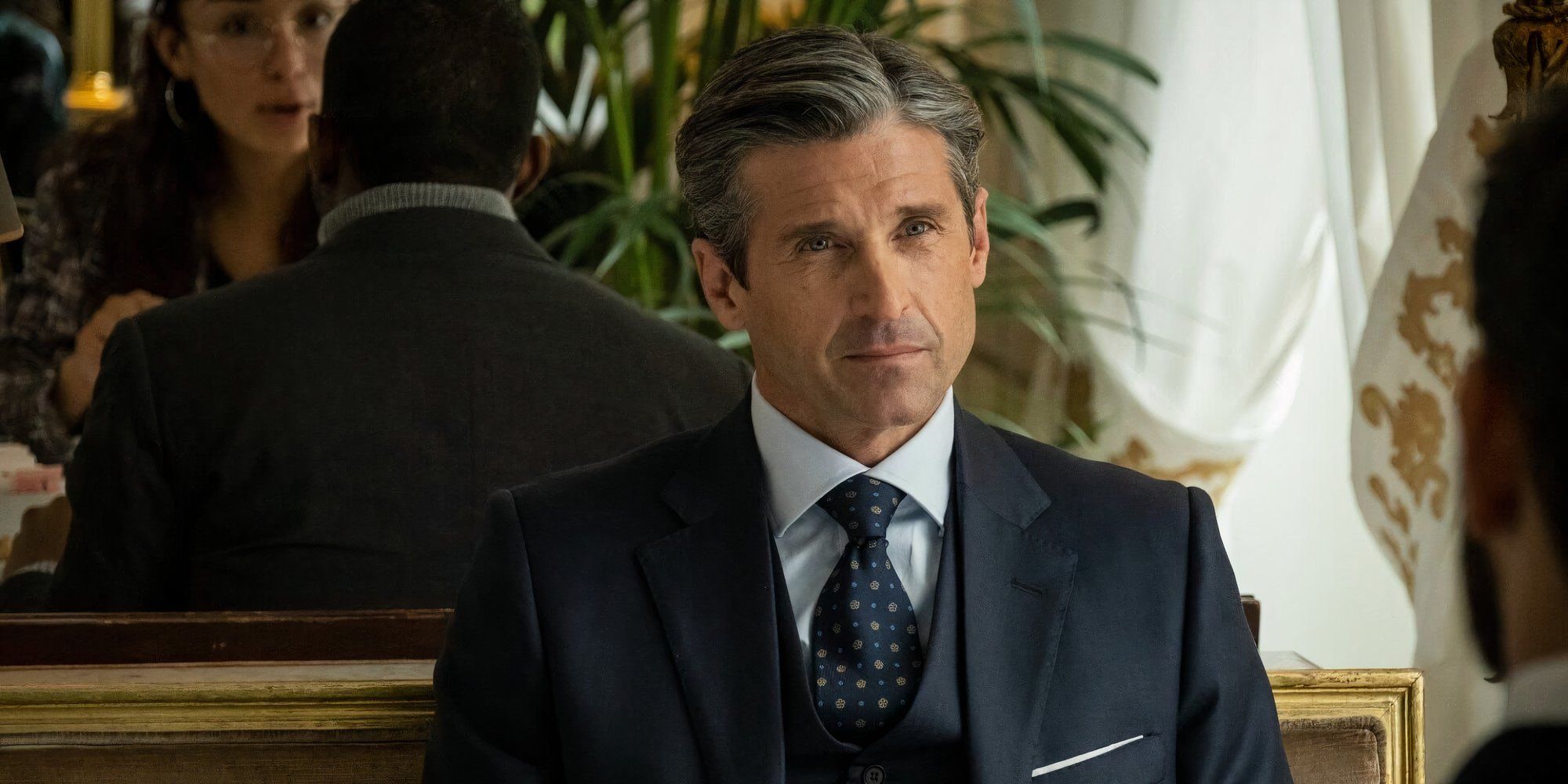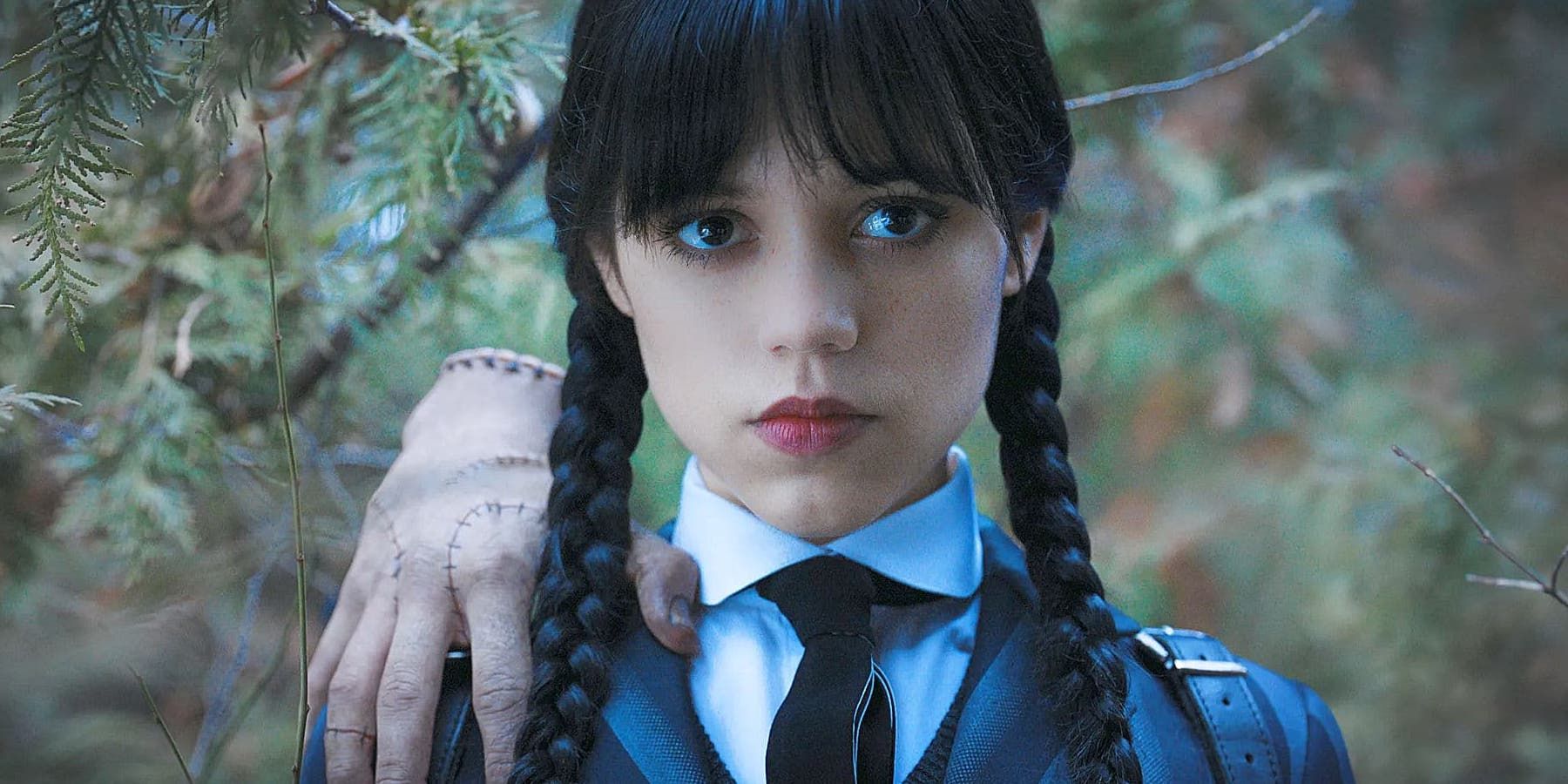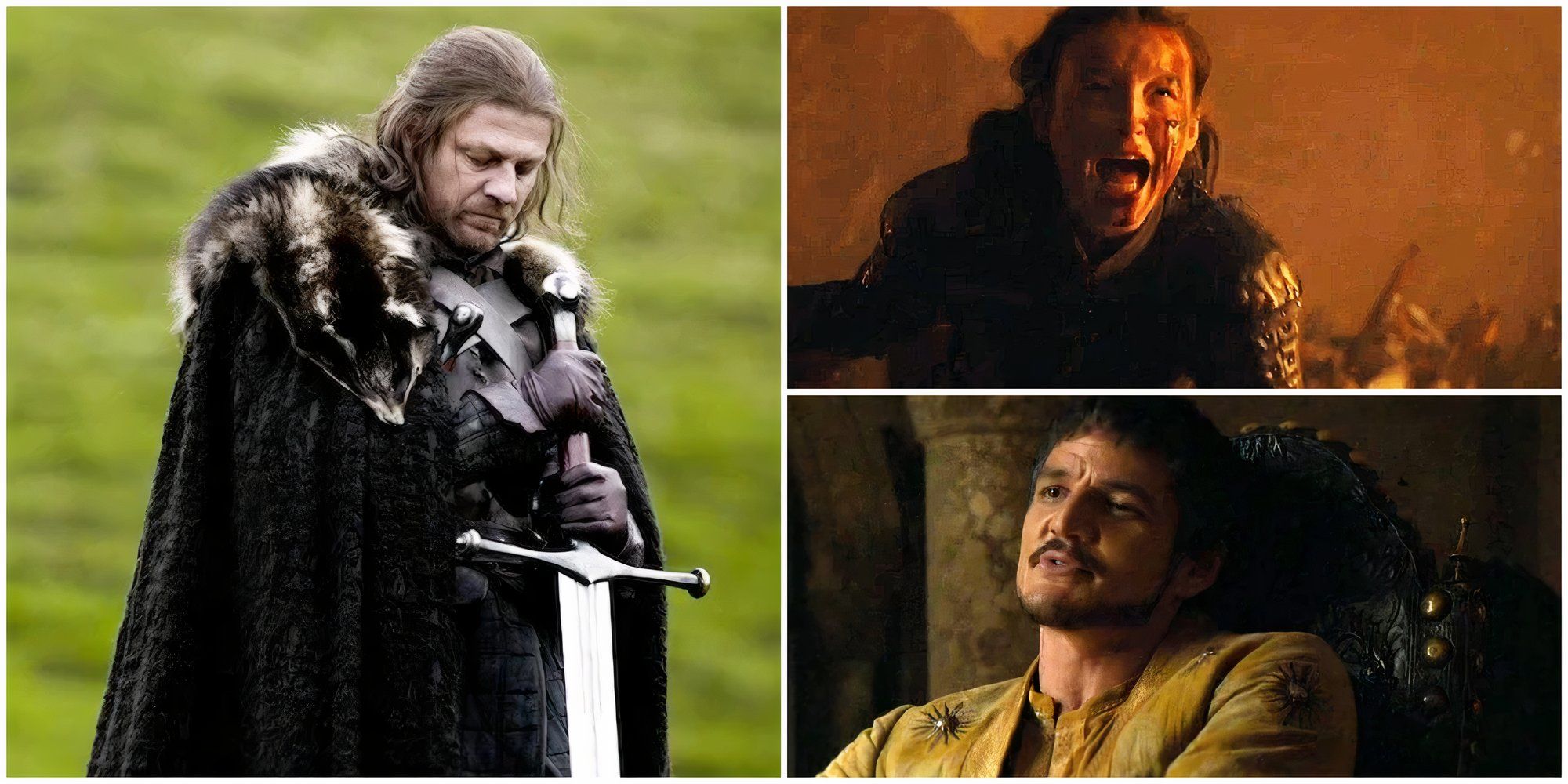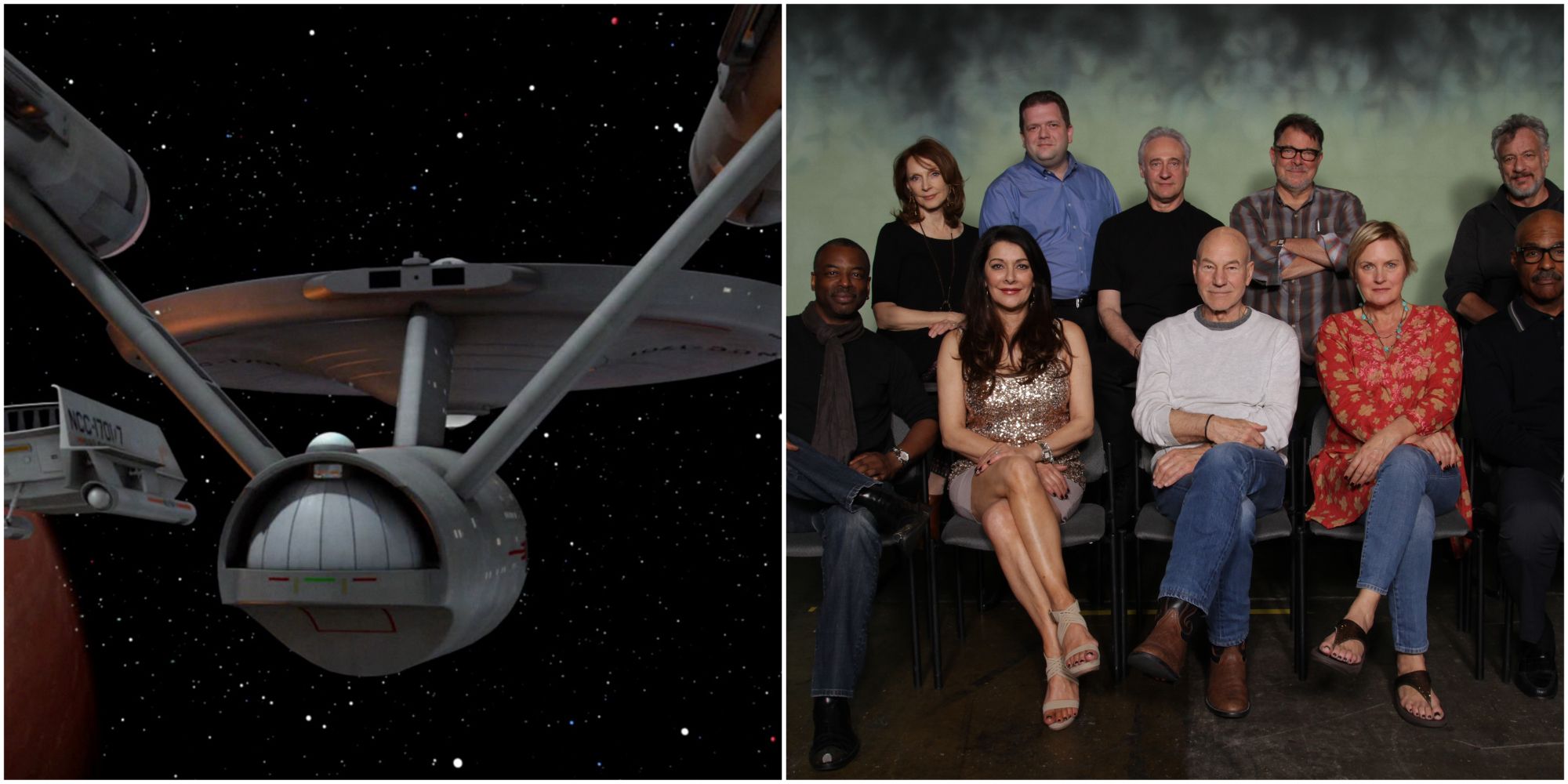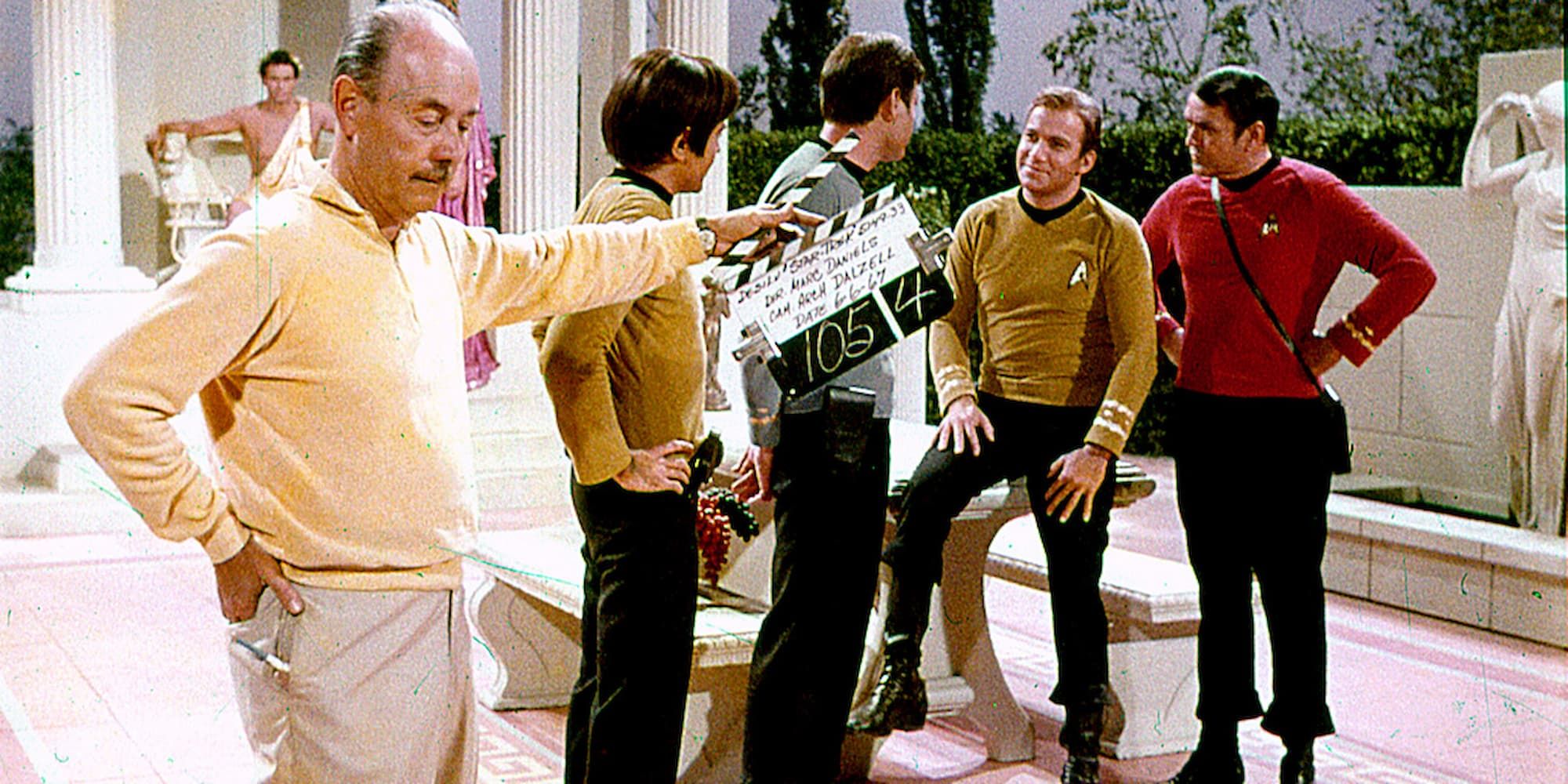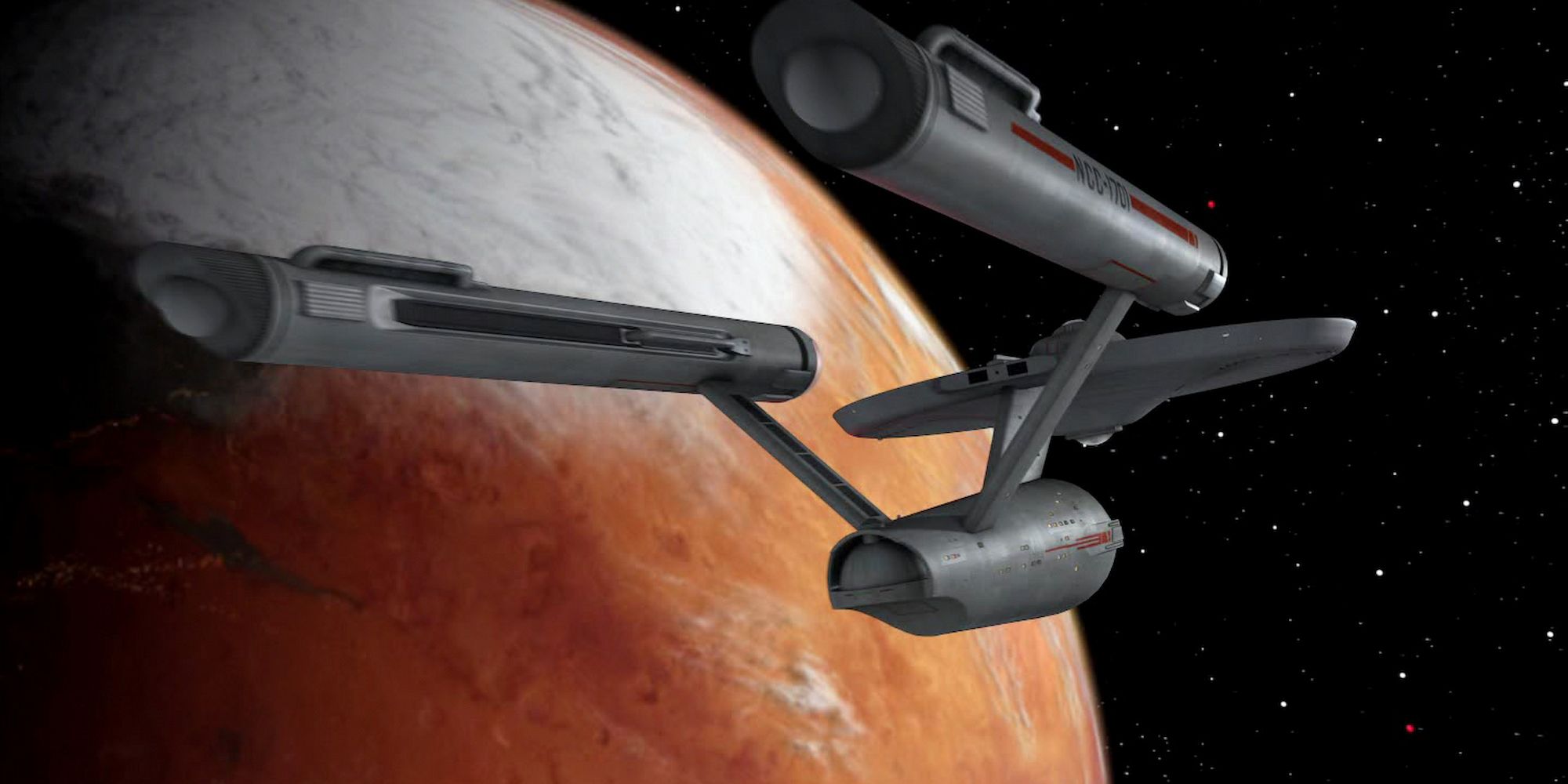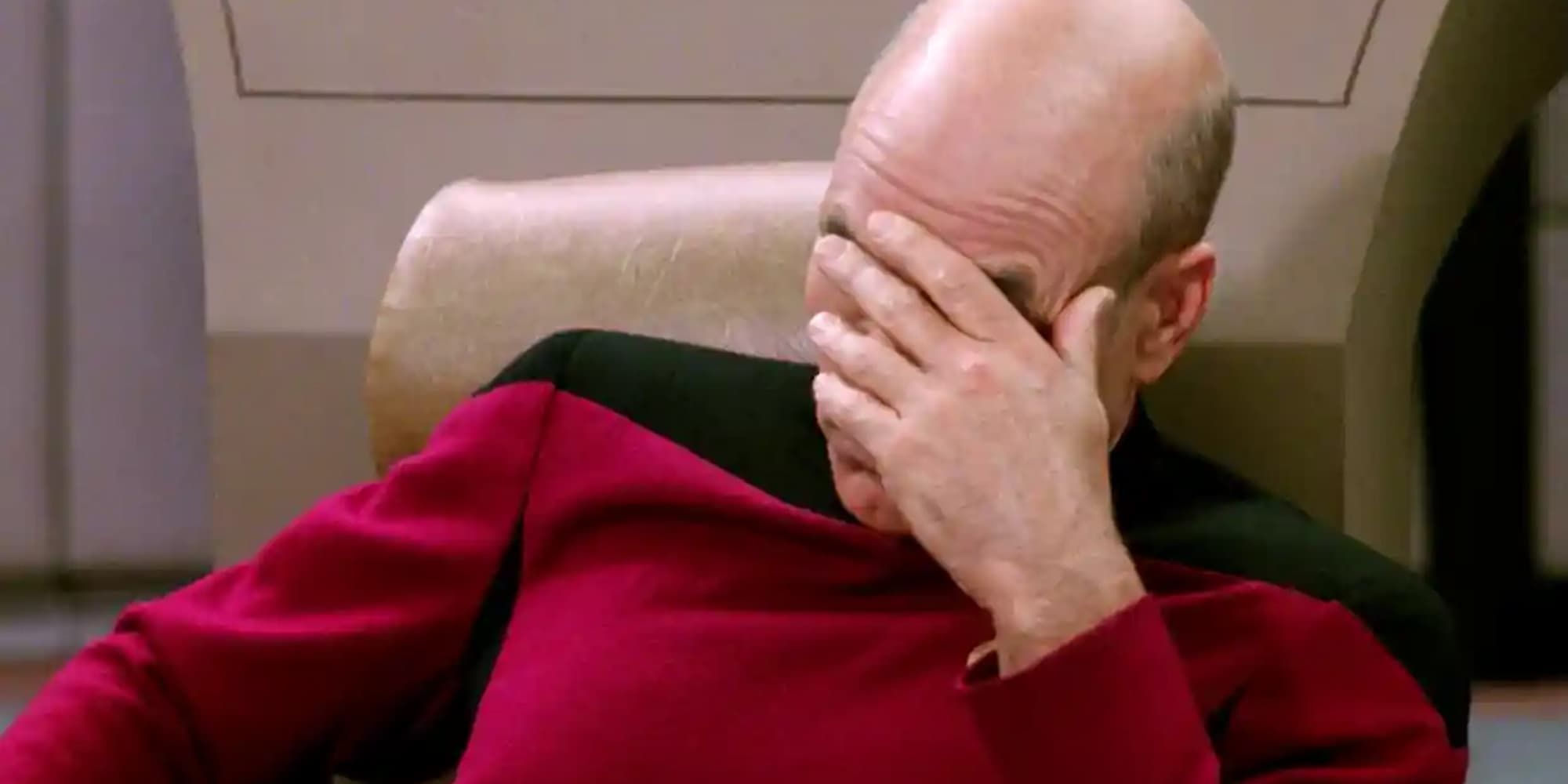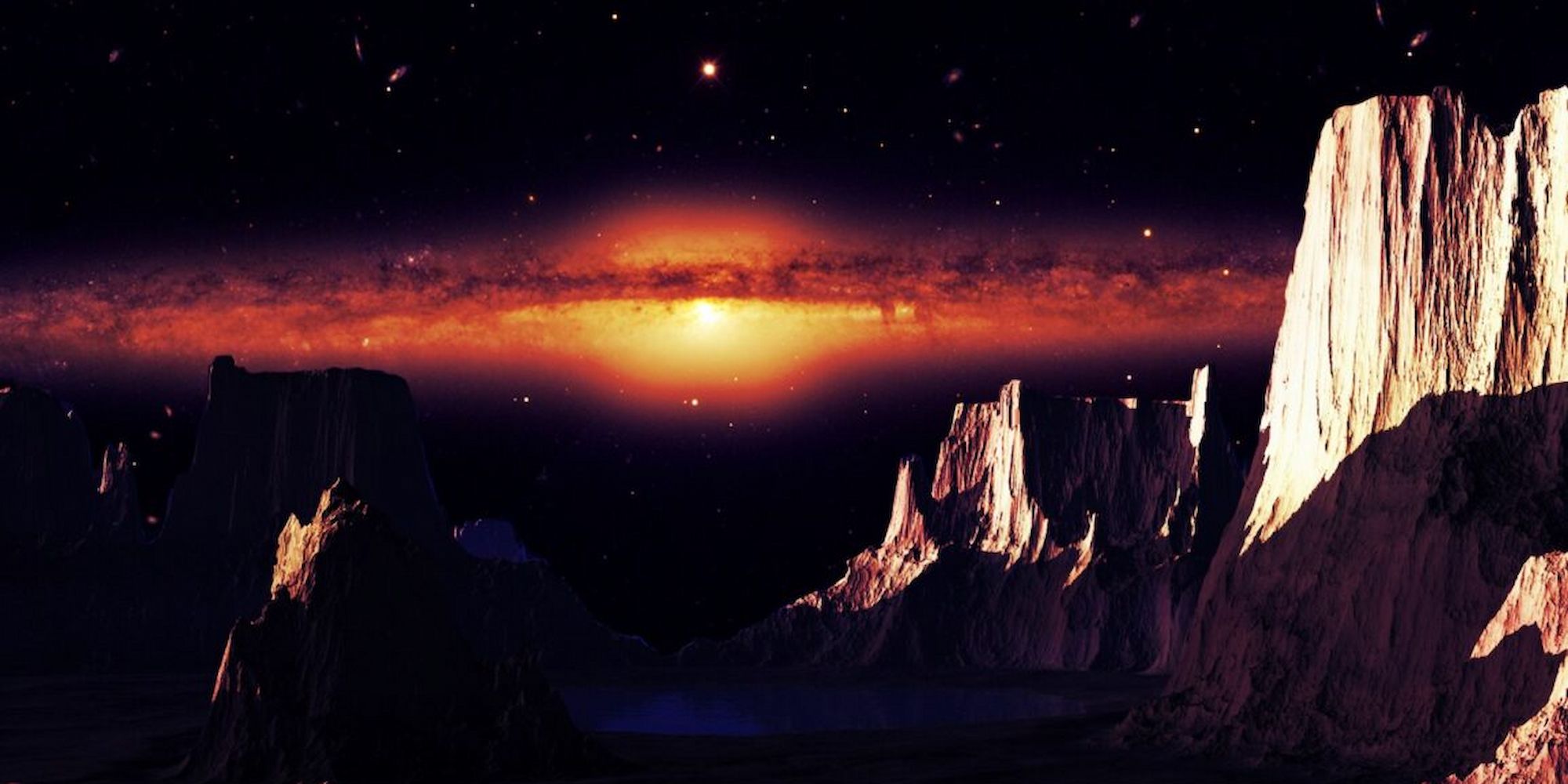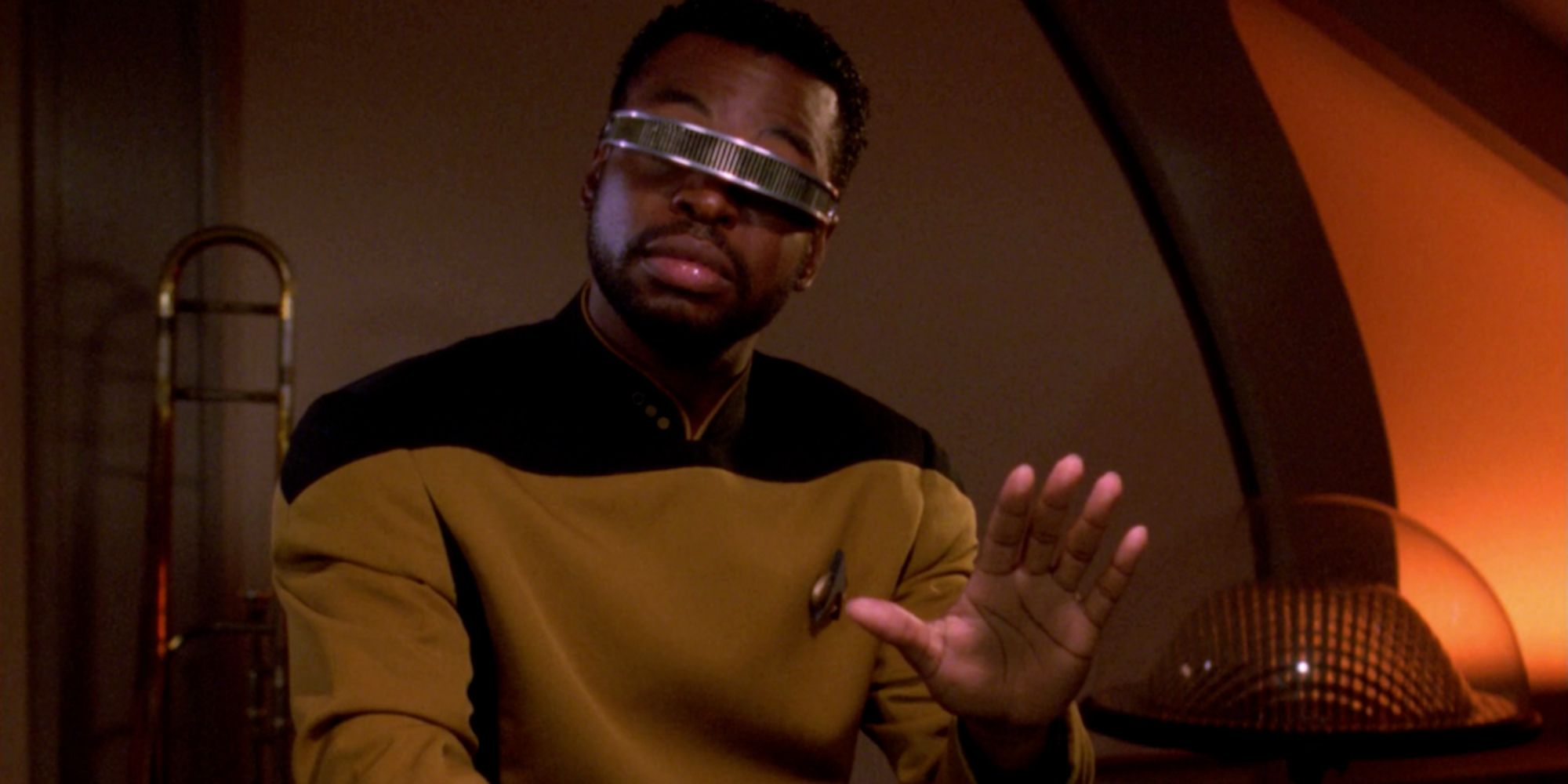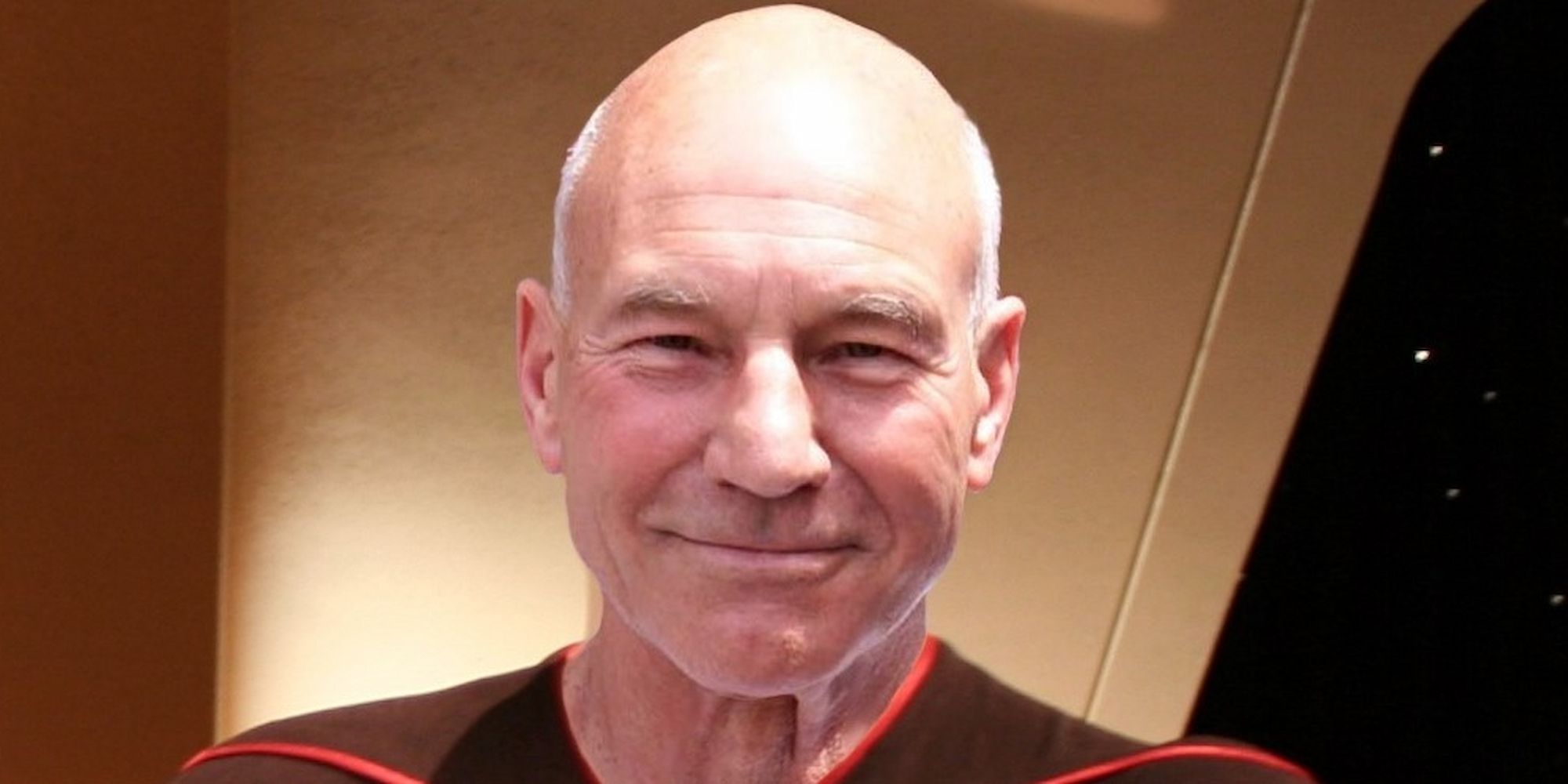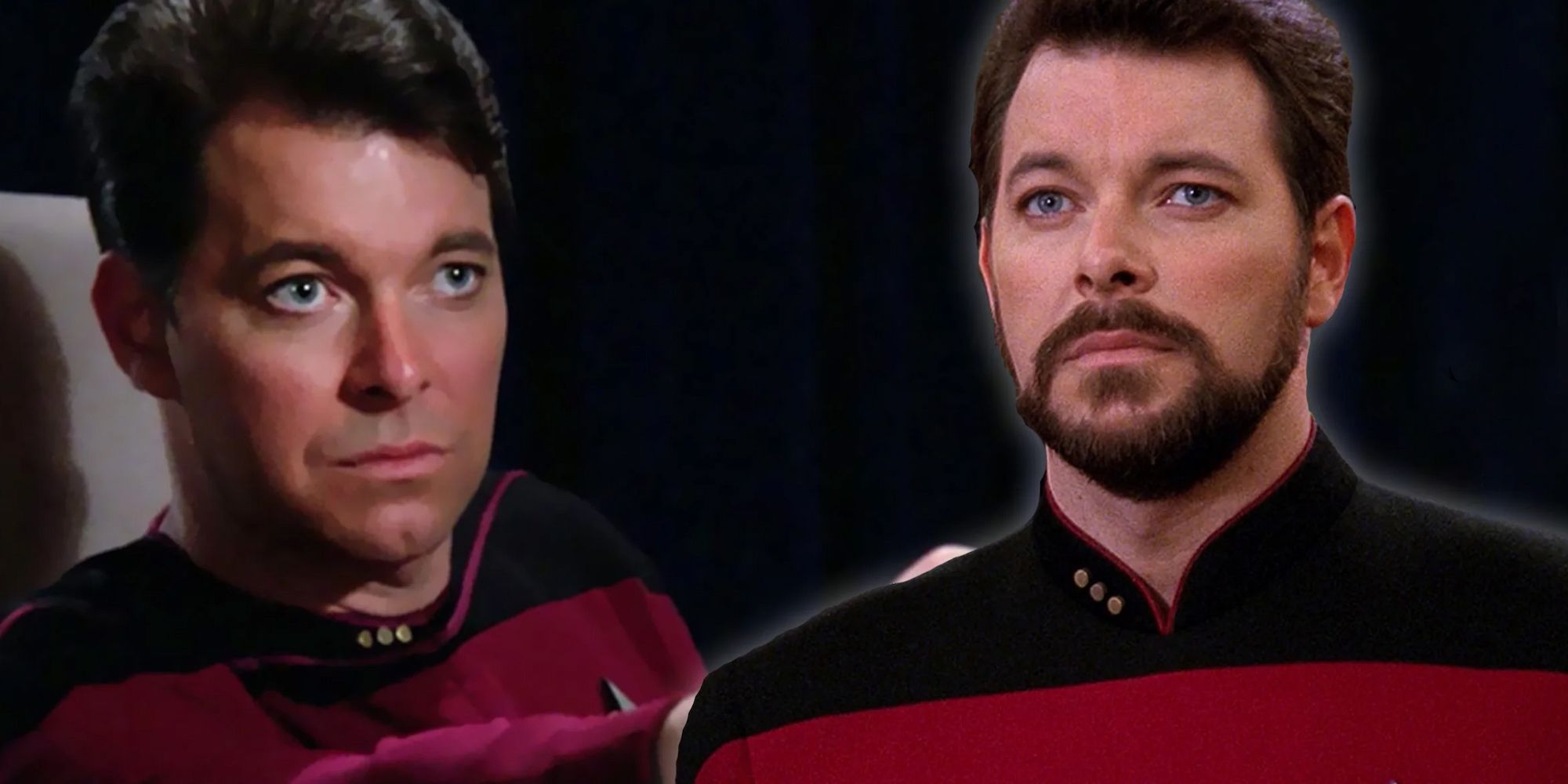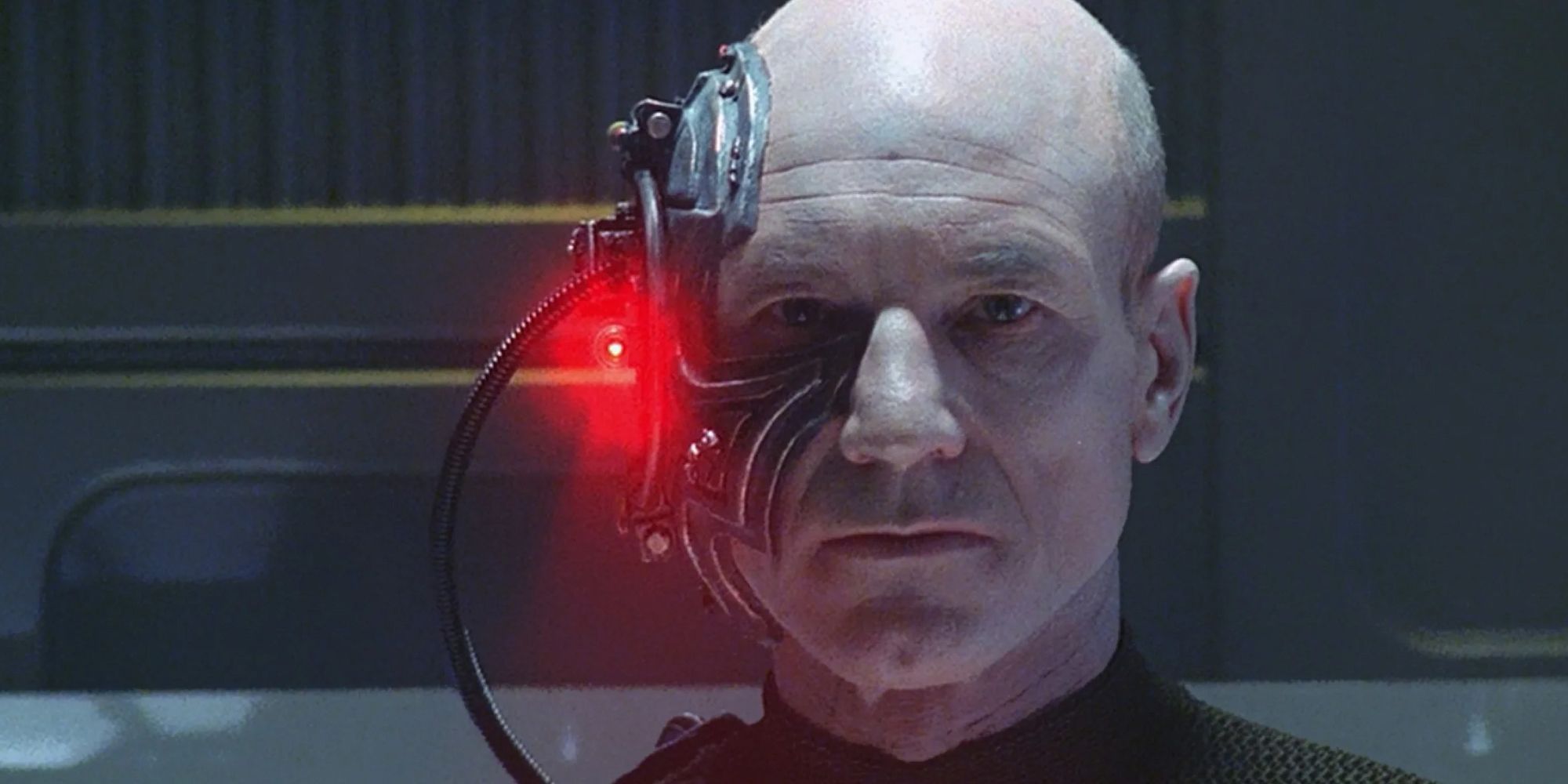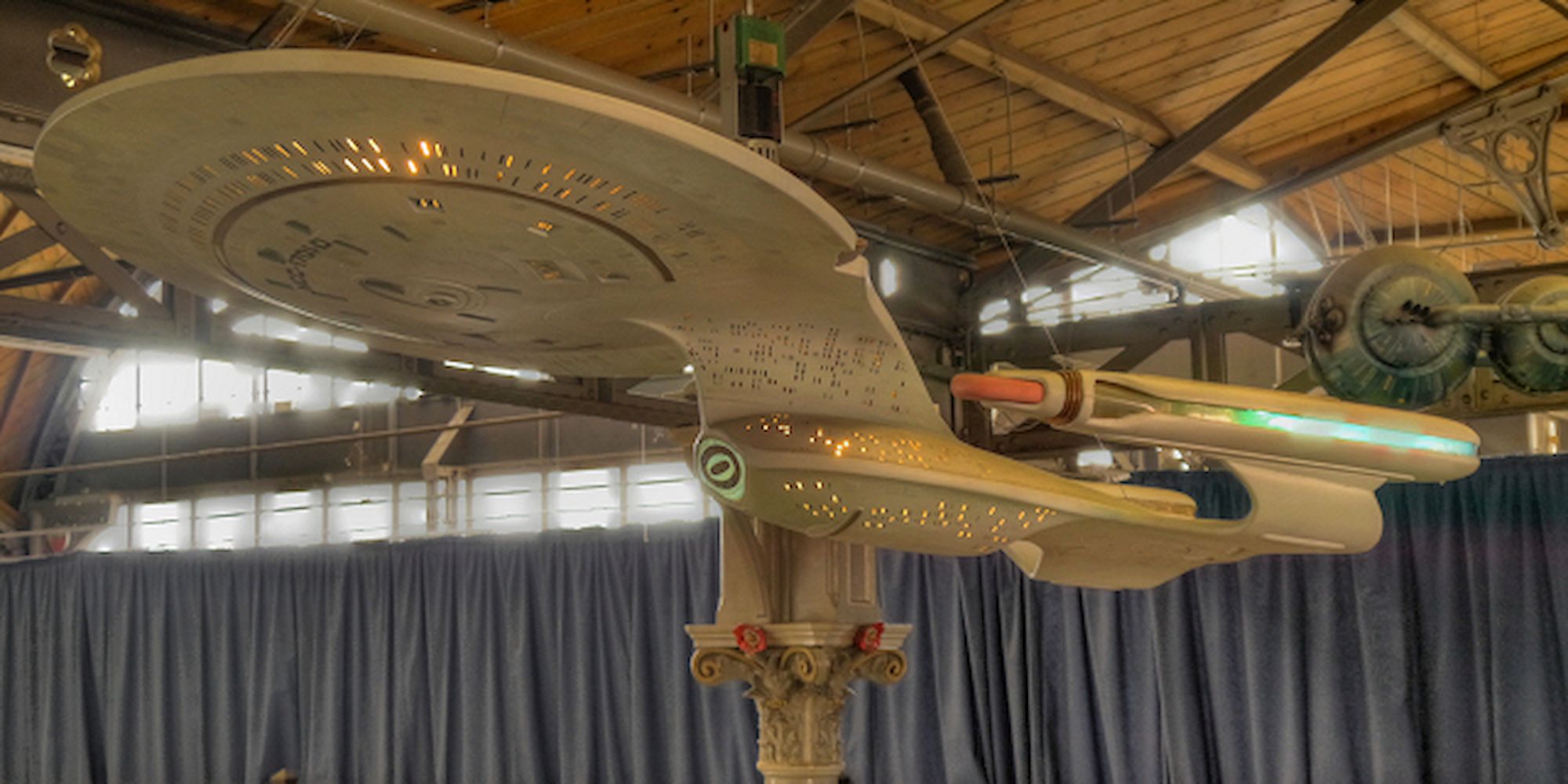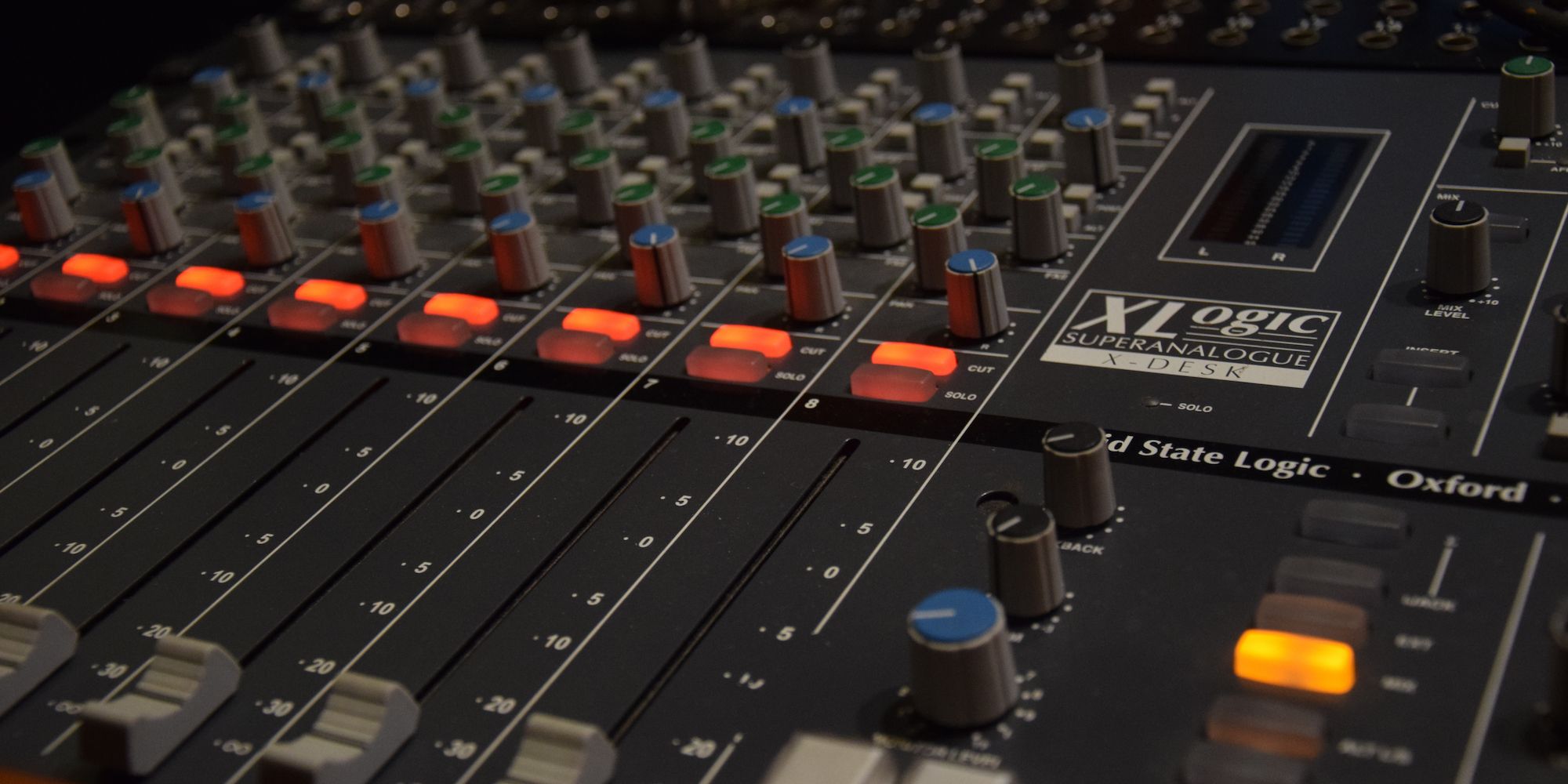Star Trek: The Next Generation has made its mark on pop culture. The second Star Trek series to air, it took 2 decades from the end of Star Trek: The Original Series for fans to get another taste of life on the Starship Enterprise. Once it arrived, however, it was there to stay. With seven seasons, for many it was the Star Trek series of their generation.
One of the biggest shows in television history at the time, Star Trek: The Next Generation was a huge production, and it wasn't always a smooth one. With such a rich and long production history, there's plenty that fans may not know.
10 Star Trek: The Next Generation Started As Star Trek: Phase 2 In 1972
Over a decade before Jean-Luc Picard took to the captain's chair, there were already plans for a new Star Trek Series. While The Original Series only lasted 3 seasons, it had massive success in broadcast syndication, proving that the series was still popular. Gene Roddenberry, the original creator of the franchise, was keen to see Star Trek return to TV screens.
The plan was to bring back the original cast, excluding Leonard Nimoy as Mr. Spock who was trying to distance himself from the series. They were to be joined by three new characters who would later form the basis for characters we'd grow to love in Star Trek: TNG. While pre-production progressed far, Paramount ultimately scrapped the series in favor of creating Star Trek: The Motion Picture.
9 It Was One Of The Most Expensive TV Shows Ever Made
Bringing Star Trek back to the small screen was daunting for Paramount. They knew it wasn't going to be cheap. By the mid-1980s fans were used to the blockbuster spectacle of huge releases such as Star Wars and had an eye for special effects.
As a result, the budget per episode was a then whopping $1.3 million. Adjusted for inflation, that's closer to $3.5 million by today's standards. A lot of this budget went into model work used for shots of the Enterprise-D, as well as the series being shot on 35mm film. Later on in production, the budget would balloon further, approaching the $2 million mark.
8 The First Season Was Nearly A Disaster
While the series is thoroughly loved and highly regarded by many fans now, at the time, there were a fair few critics who weren't sure about the longevity of the series. The first series was mired by a host of production difficulties that threatened the series' stability. Chief among these was the many arguments Gene Roddenberry had with his writers, many of whom left the series before it even aired.
Despite the big budget attached to the series, many also criticized the special effects, adding to the woes of the first season. It wasn't all bad, however, with many instantly falling in love with the new cast which was tailored for a different generation of viewers. As time went on, the series' writing staff became more stable, and it began to flourish.
7 There Was Originally Going To Be An 8th Season
Ratings for the 7th, and what would be the last, season of Star Trek: TNG continued to be very strong. By this point, many fans had fallen in love with the cast and faithfully tuned in every week to see their adventures. As a result, there were plans for an 8th season. None were more shocked than the cast when they got the news the 7th season was to be the last.
Thankfully for Star Trek fans everywhere though, this was by no means the end of The Next Generation crew. Instead, executives at Paramount had decided to feature the cast in a string of movies. Starting with Star Trek: Generations, where the crews from TNG and TOS met together for the first time, the adventures continued on the big screen.
6 Geordi La Forge's Eyesight Was Meant To Be Cured For Season 3
The much-beloved, blind helmsman of the USS Enterprise-D was in all but 6 of the 178 episodes of TNG's run. Instantly recognizable by his VISOR, an electronic device that granted him the power to see, albeit, through the electromagnetic spectrum. This never got in the way of his duties, however, which he carried out with a singular purpose.
Despite his blindness being a defining physical characteristic, the decision was made that Geordi La Forge would be cured in between seasons 2 & 3. However, it was eventually decided not to follow this course, largely because La Forge had become a role model for kids with disabilities across the world. As a result, LeVar Burton had to endure the notoriously uncomfortable facial apparatus for the full 7 seasons and 4 feature films.
5 The Origin Of The "Picard Maneuver"
Fans of TNG's run will know there are 2 Picard Maneuvers. The official maneuver is a battle tactic named after Captain Jean-Luc Picard himself, whereby the warp drive was engaged in combat to simulate 2 ships being visible for a split second, enough time to take down the Ferengi ship that was threatening the Federation vessel. However, there is also the unofficial, but no less popular Picard maneuver that has nothing to do with combat at all.
At the start of Season 3, the decision was made to switch from the one-piece uniforms the cast had been wearing to a new 2 piece costume. While this was a lot more comfortable for the crew, the lycra material had the problem of riding up whenever anyone stood up. As a result, Patrick Stewart developed the Picard Maneuver, whereby whenever he stood up he would dramatically grab his shirt and pull it down in spectacular fashion, instantly becoming a trademark for the character.
4 How William Riker's Beard Came To Be
While he is now famous for sporting his expertly groomed facial hair, William Riker did not have a beard in season 1. While it may look strange to fans re-watching the series from the start now, his character is completely clean-shaven when he first appears.
However, between seasons 1 and 2, Jonathan Frakes who played William Riker had a role in North and South which required him to grow a full beard and mustache. Upon seeing this, Gene Roddenberry instantly loved the look and insisted he kept it for the character.
3 The Borg Were Originally Insectoids Instead Of Cyborgs
Perhaps the most striking villains from TNG, the Borg are unfeeling cyborgs dedicated to assimilating all life into their race. Their appearance is instantly recognizable and classic now, but originally a much different design was in mind for the race.
The original concept for the Borg was that they were going to be insectoid in appearance, creating a less humanoid race for the series. Much of this aspect still remains in their character, working as a colony or hive mind. However, the budget simply wouldn't cater to this depiction, so we got the iconic cyborgs we know today.
2 It Was So Difficult To Get Exterior Shots Of The Enterprise-D That They Reused Shots
Reflecting that the special effects required for the series were a problem that plagued its entire run, even the model of the Enterprise-D proved a pain to film. Before they even started filming, the models cost thousands of dollars to be produced. However, once they sat down to film them, it proved a logistical nightmare with getting the right scale and making the movement look authentic.
So how did they fix it? After they got the footage for season one, they recycled as much of this as possible for later seasons, massively reducing the need for new footage. As a result, little further model work was needed.
1 The Theme Is A Combination Of Older Themes
When it came to creating the theme for TNG, the crew didn't have to start from scratch. Instead of composing a new piece of music for the series, they decided to rearrange the one used in Star Trek: The Motion Picture.
Ingeniously, this was combined with aspects of The Original Series theme, with the end result being the stirring score that we know today.

